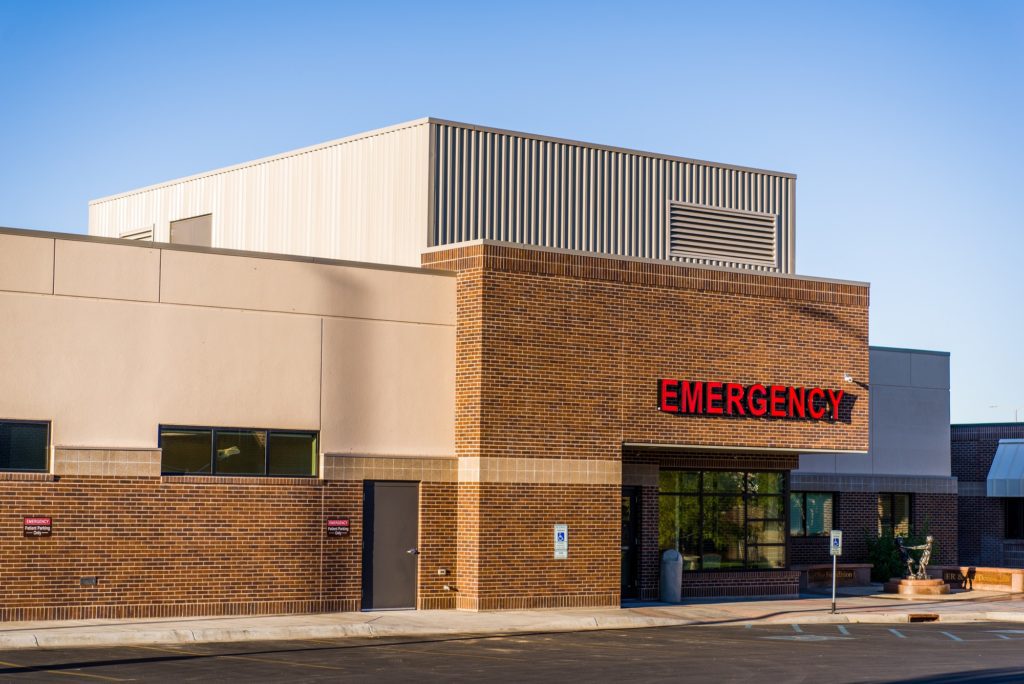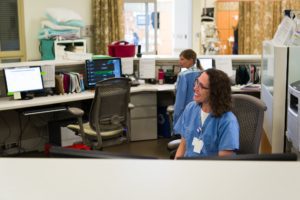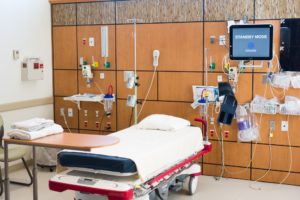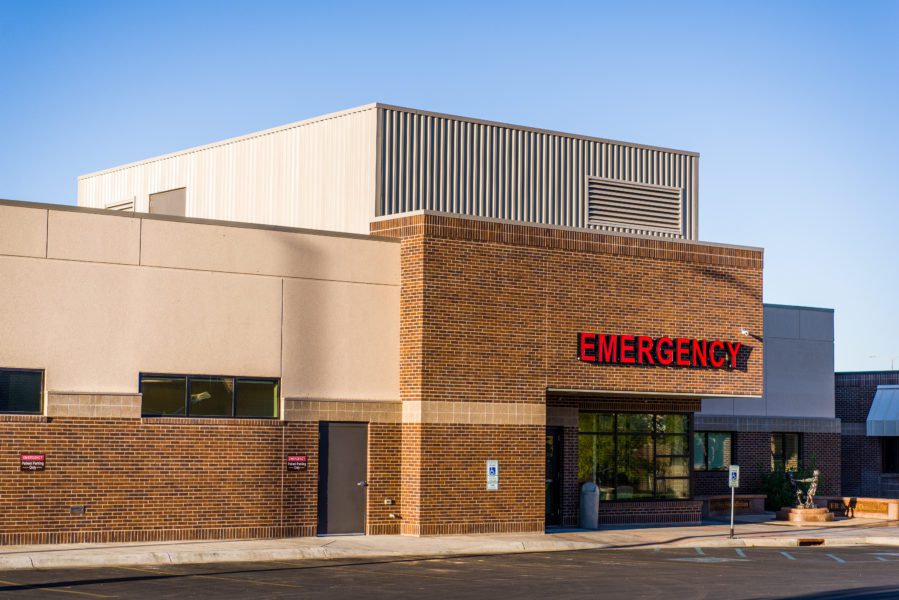
Emergency Department (E.D.)
In an emergency, you want medical care as quickly as possible. Central Montana Medical Center’s Emergency Department is staffed with dedicated physicians and nurses, with access to the Operating Room (OR), lab, imaging, and other services 24 hours a day, 365 days a year.
We are a Level 4 Trauma Facility

Central Montana Medical Center has been trauma designated since 2009. This designation from the Montana Department of Public Health and Human Services means that CMMC has met all criteria in trauma care with services, equipment and staff training to receive designation by the state of Montana as a Level Four Community Trauma Facility.
The Emergency Department sees a large variety of patients.
If you need medical evaluation, the ED will be happy to see anytime. If you have an emergency please call 911.
Call 911 for an emergency. You can reach poison control at 1-800-222-1222.


